
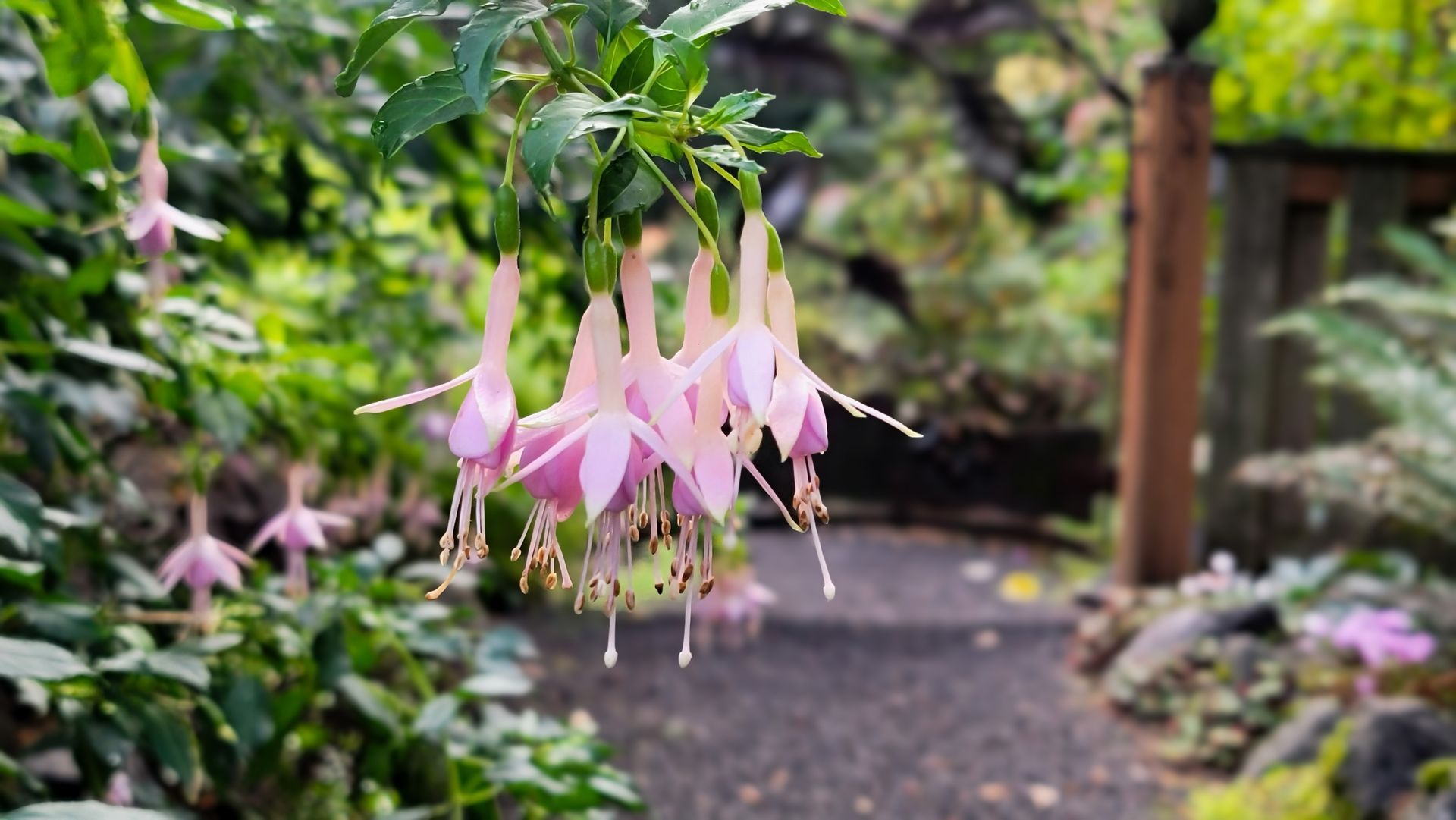
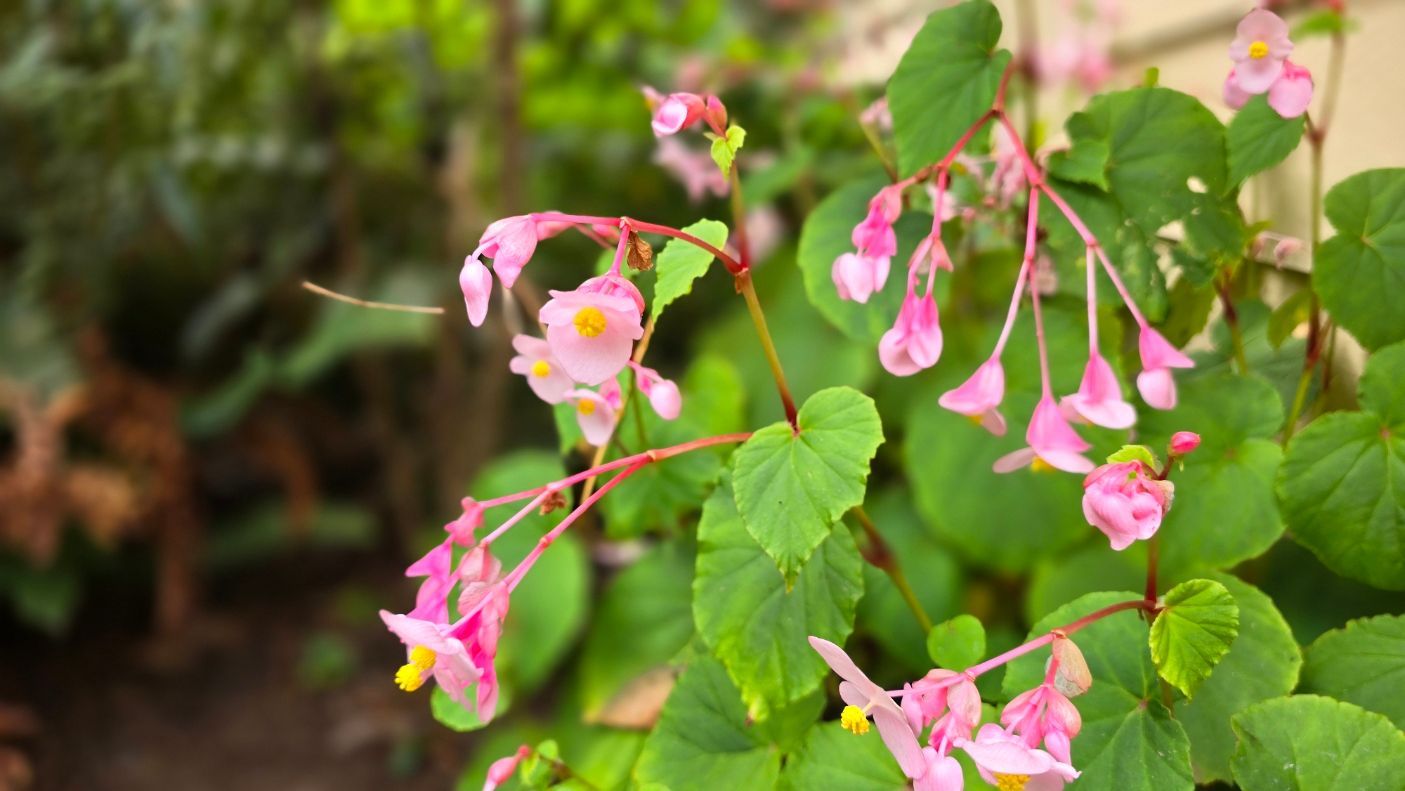
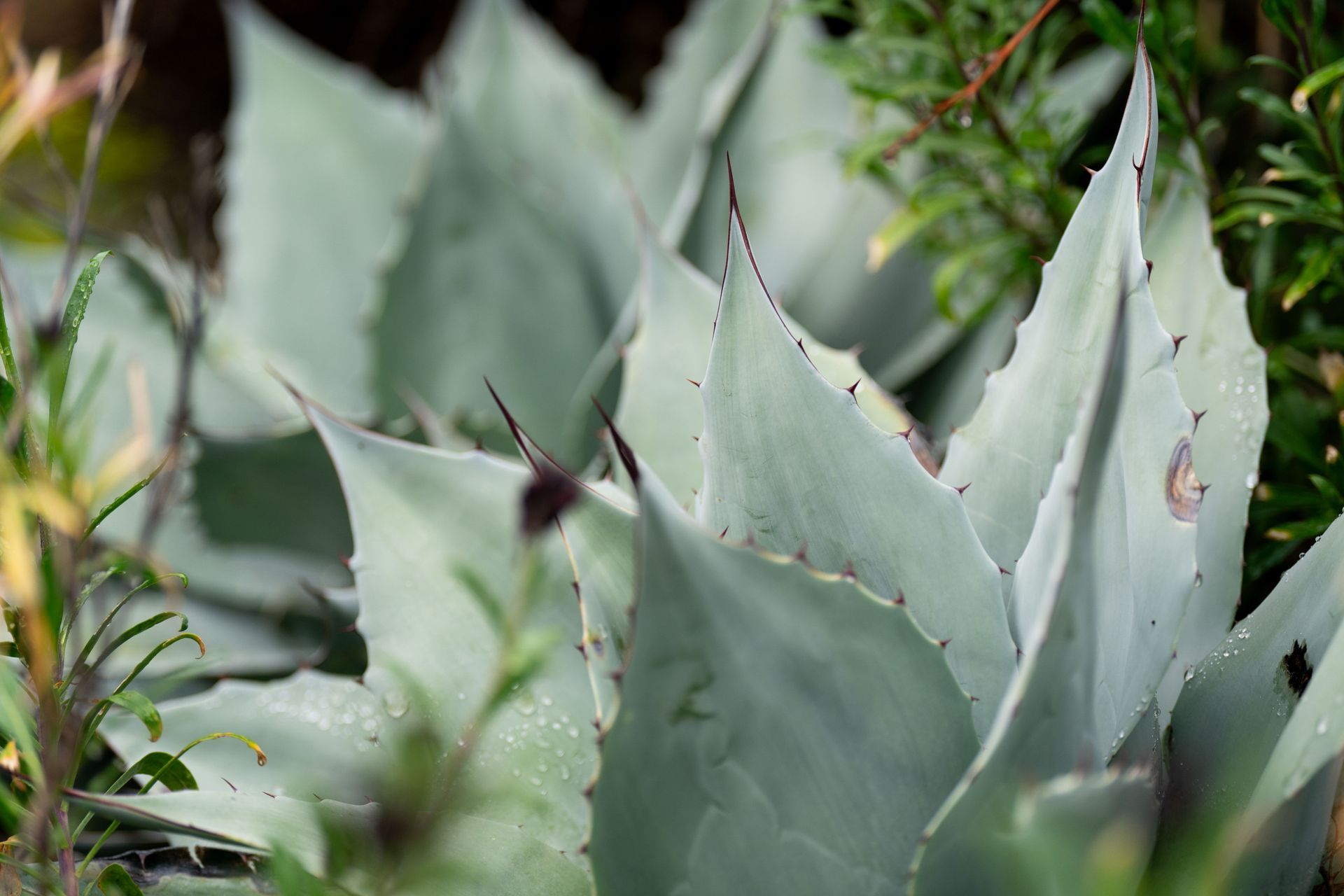
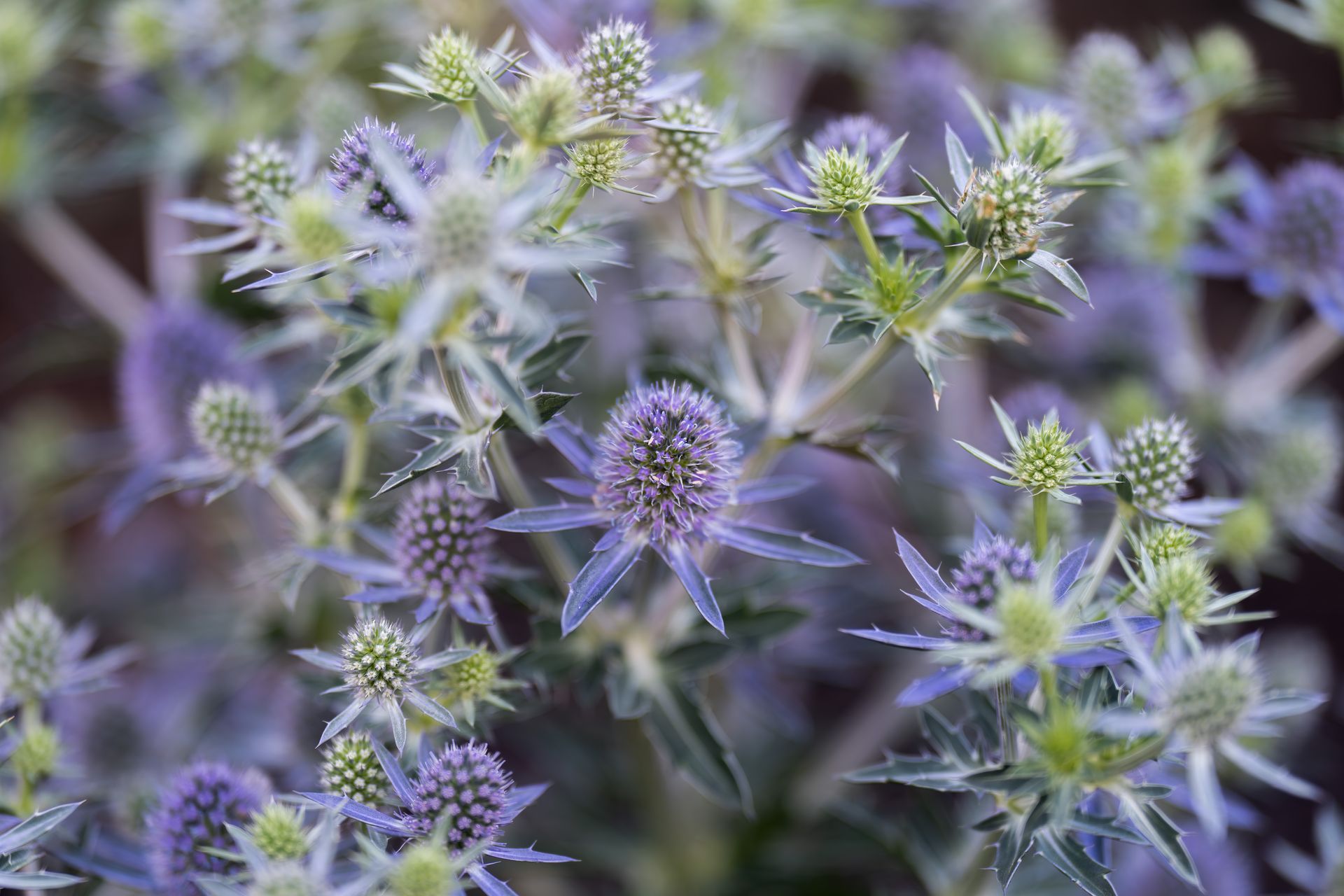
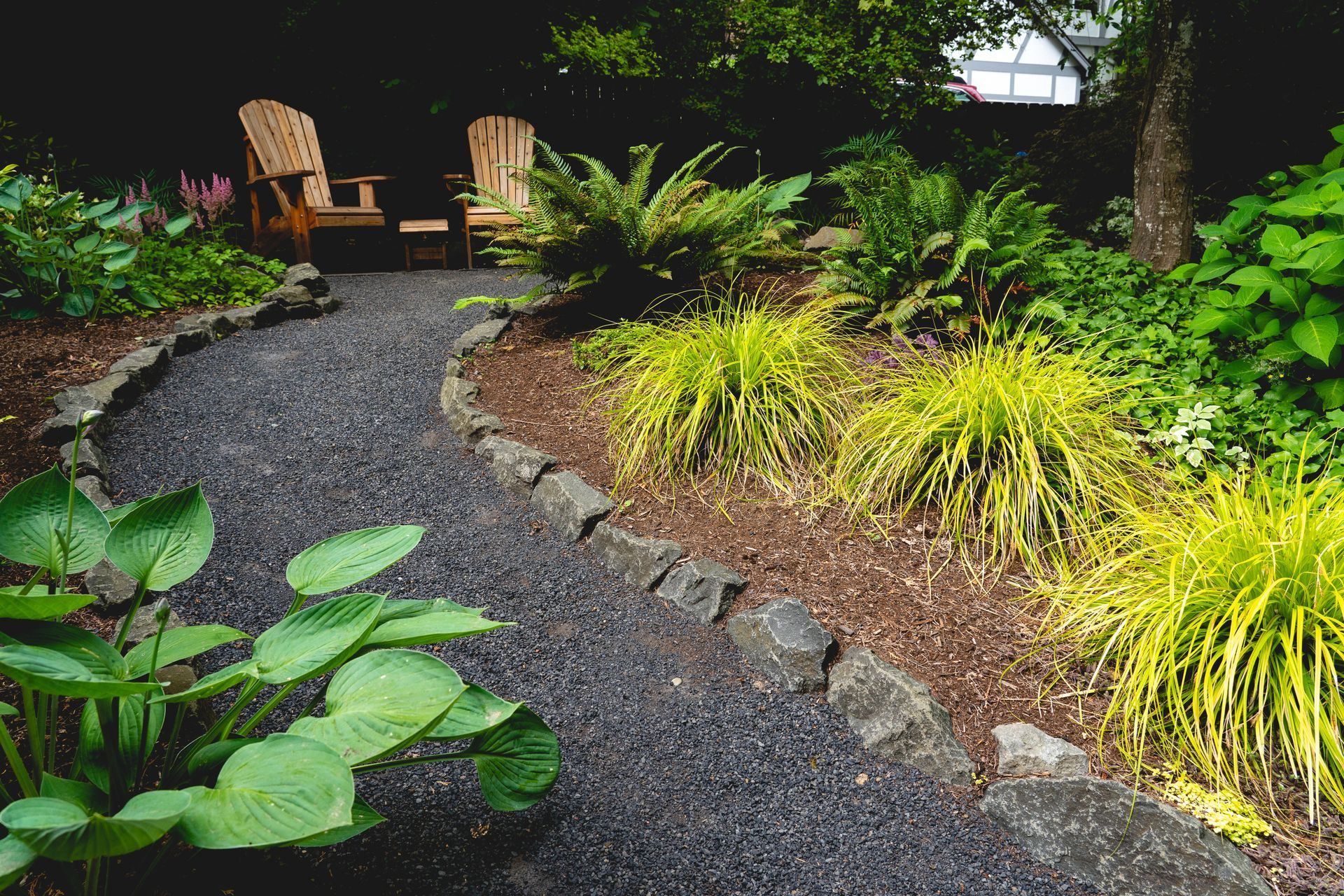
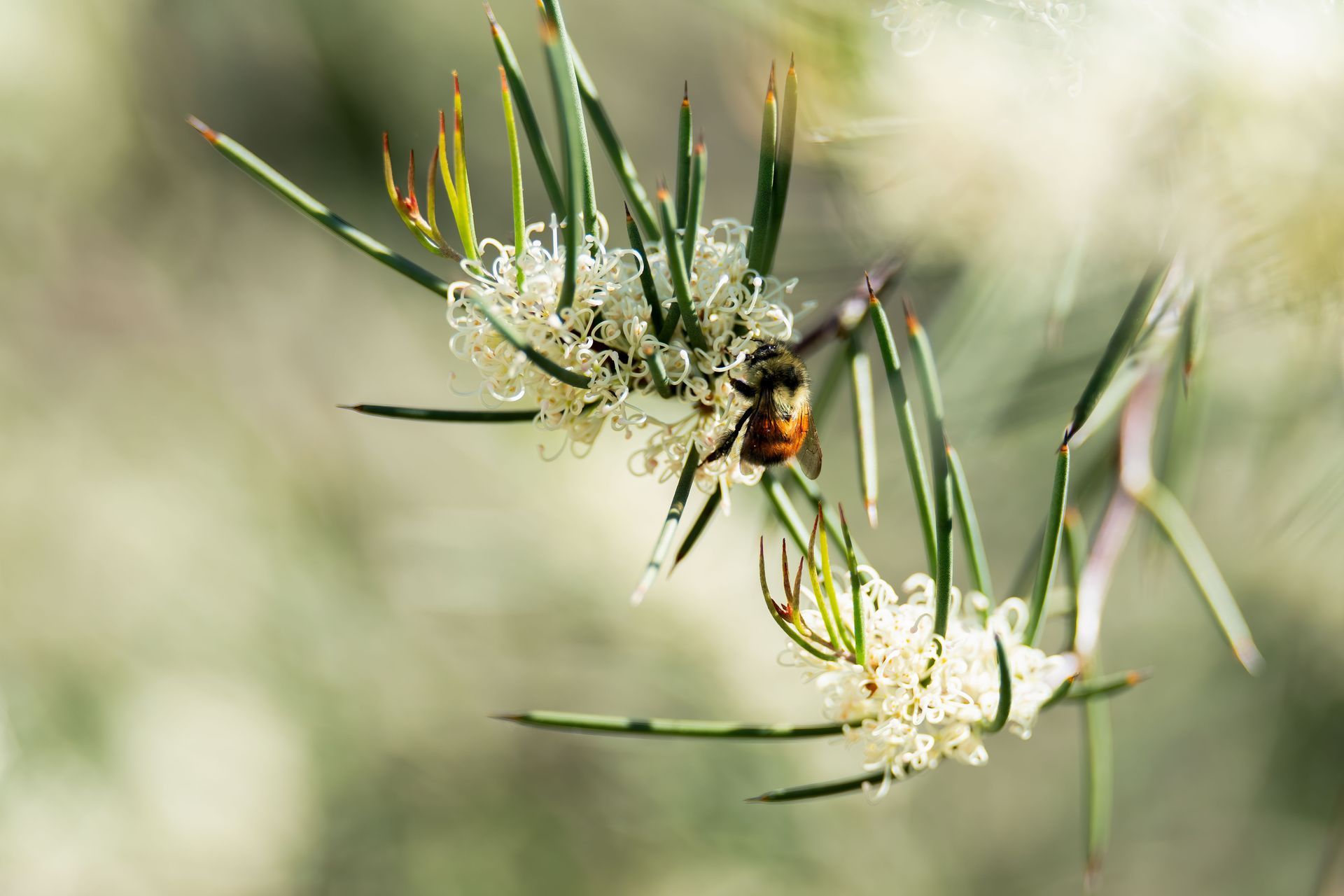
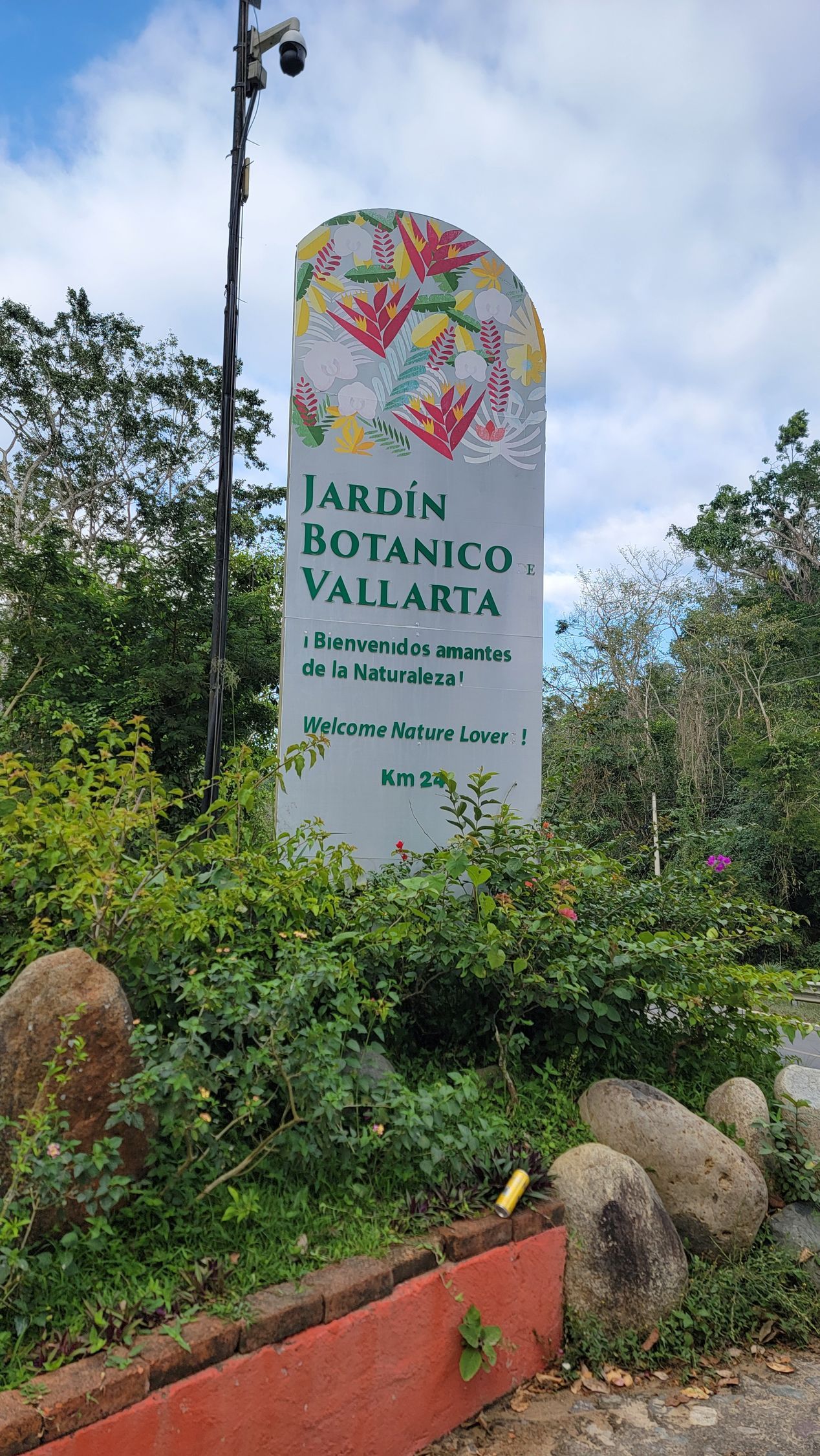
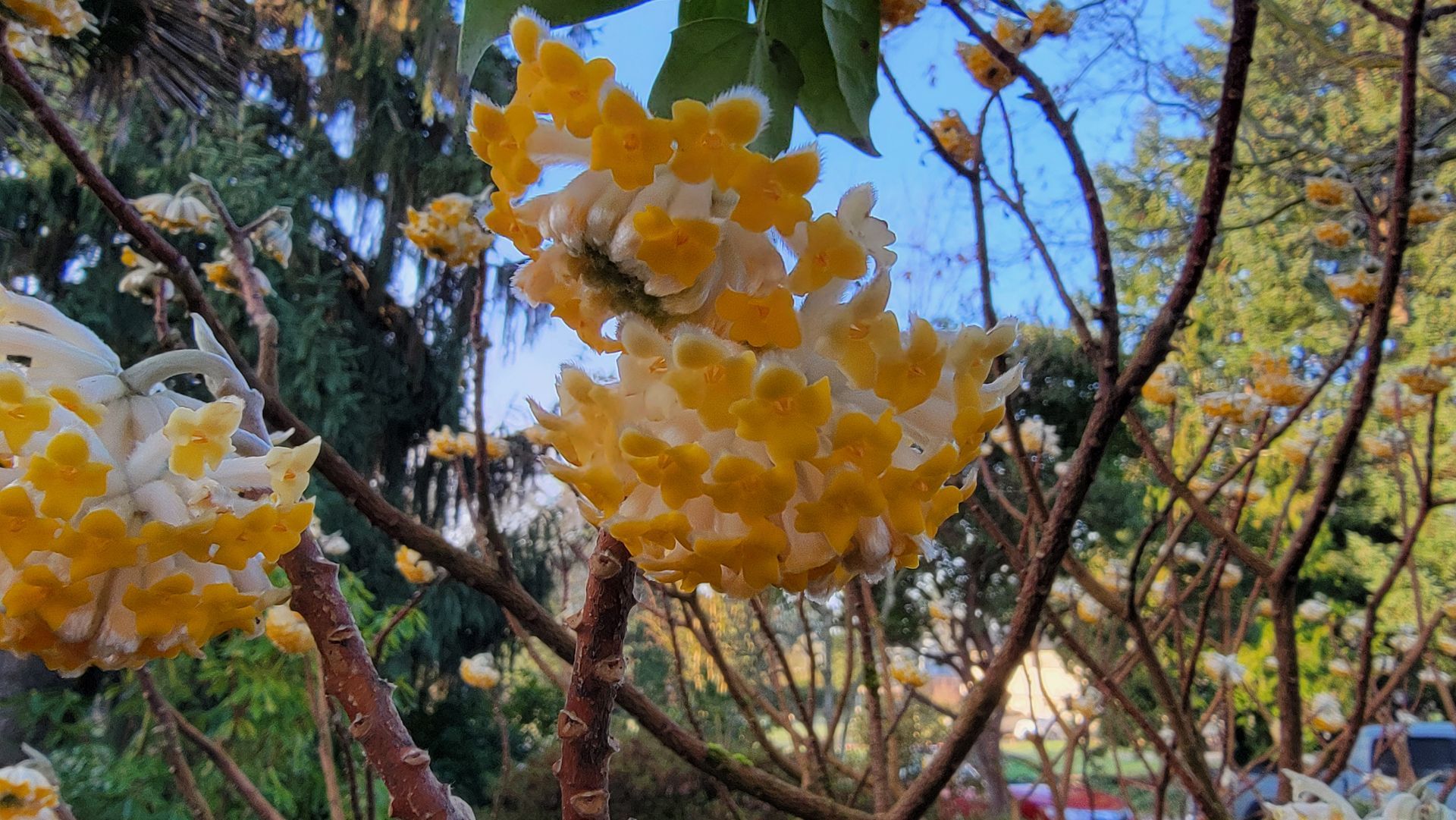
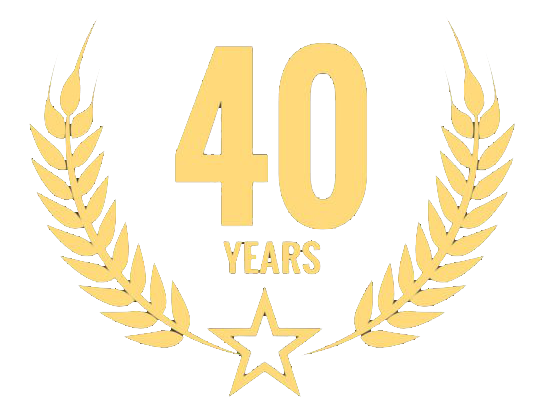
Tall fescue is a cool season perennial species bunch grass native to Europe. It is a coarse-textured medium to dark green grass, whose leaves are rolled in a bud (unlike the more flat blades we’re used to in the northwest). The plant appears quite vertical. It handles our long, wet, cool seasons very well and its deep root system also enables it to cope well with our dryer hotter months.
When mixed with other grasses in a pasture, or a coarse grassy lawn in the warmth of a western Oregon summer, it stands out because it tends to be green when other grasses have turned brown and gone dormant. It is well adapted to sunny areas. It has traditionally been an important forage grass throughout Europe because of its ability to stay green during the dry warm months and there are many cultivars which have been grown for different localities and uses. It has been used to some degree as an ornamental grass, for soil conversation, and as a phytoremediation (Phytoremediation refers to the natural ability of certain plants, called hyperaccumulators, to bioaccumulate, degrade or render harmless contaminants in soils, water, or air, such as lead or other toxic materials) plant. Because it naturally has a bunch grass type of growth rather than a creeping or quickly spreading habit, if grown as a stand, it regularly needs an addition of seed to fill in blank spots. In a ryegrass or bent grass lawn this Tall fescue is considered a weed, since its dark vertical and coarse texture stands out against the rest of the sod grasses. It does not mix well. It is not often grown as a lawn in its natural form, because it is so coarse textured and bunchy in appearance.
New varieties that are finer in texture and shorter in stature are known as turf-type Tall fescues and dwarf turf-type Tall Fescues. These fescues are good to plant for general sunny lawn use and are the most common lawn grass types in California. There are also Tall fescue-endophyte assisted varieties available. These varieties are very drought tolerant, disease resistant and also deter predation by insects and mammals. They may be good for lawn areas but are counter productive in pastures, since they’re poisonous to cattle.
Recently some of the turf-type Tall fescues have been developed to the point where several are purported to be spreading. This trait in a Tall fescue lawn is very advantageous, as the standard varieties need to be reseeded occasionally to fill in bare spots. There are several varieties of this group of sod type Tall fescues and they are all Rhizomatous Tall Fescue (RTF) . Some varieties of RTF do fill out fairly well, while others do not. This grass is still somewhat in the research stage but there have been some success in the RTF Sods, which are now available. They become thick, green and more drought tolerant as a lawn grass that will fill in naturally (except for the large holes) without having to be reseeded.
Here are some reasons why Northwesterners might become interested in an RTF sod for their own lawn:









Oregon landscape business license: #6111